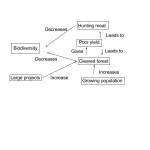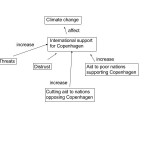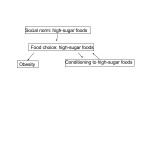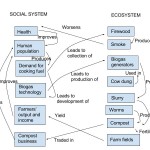a. My home uses a private water system. Groundwater from an aquifer is collected in a well and pumped into a storage tank, where the water is maintained at a constant level. The water is filtered before it reaches the tap. Water from the toilet, sink, shower, etc. runs down a single drainage pipe into the septic tank. This tank is water-tight and allows the various components of the waste fluid to separate vertically. Liquid water goes to the drain field, in which the water is absorbed by the soil.
b.
Cooking/washing food/dishes: ~ 7.5 gal/day
Washing clothes: ~ 8 gal/day
Flushing toilet: ~ 35 gal/day
Washing hands: ~ 1 gal/day
Showering: ~ 25 gal/day
Total: ~ 76 gal/day
c. Cooking water can be reduced by using the microwave, but this amount of water is already negligible compared to other contributions. Water for washing dishes can also be saved by not using the dishwasher. Using the toilet can’t really be avoided in our society, though. Instead of using a shower, you could try pouring water from a bucket. Still, the total is way more than 2 gallons. I did not actually bother doing all this, though. The local economy and available technology are important to our water supply as it influences the options we have for obtaining our water – can we have faucets and showers, or will all the water we get have to be transported by buckets carried in our hands? The local environment is obviously also important – can we get our water from the ground right next to our houses like I can? Or will we have to transport it from further away?




